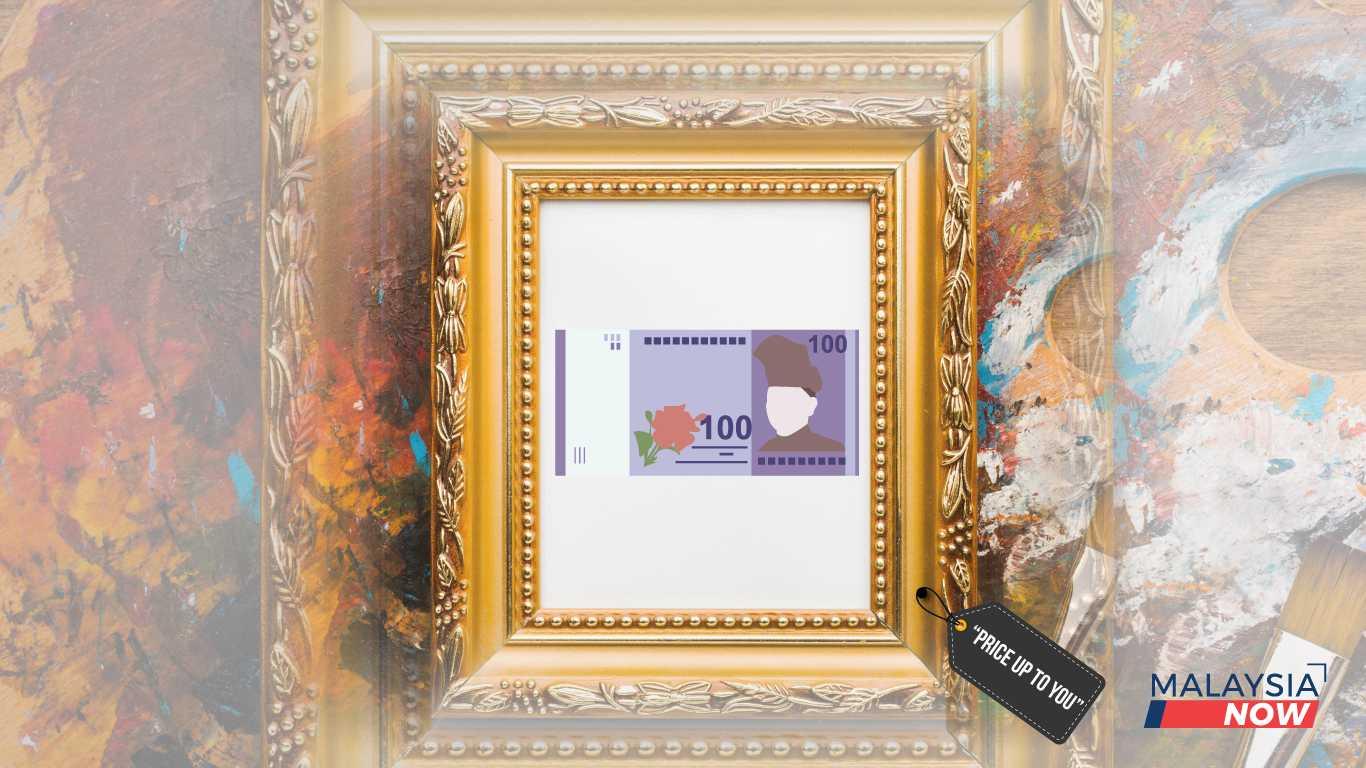Money laundering in the world of art
In Malaysia, there is no specific format of assessment to be followed by all artists.
Just In
Works of art, long associated with culture, exhibitions and fund-raising events for charity, appear to have come under the spotlight now for a different reason: a new way of laundering money, thanks to the space allowed for flexible prices and anonymous purchases.
In order to change the status of so-called dirty money to clean, the purchase and sale of high-value works of art can be used as a method to disguise the origin of illegally obtained funds through a process known as layering.
Given the lack of regulation for the price and process of appraising artwork, this is an easy way for money launderers to change their money on a mass scale.
The United Nations Office on Drugs and Crime estimates that billions of dollars are laundered through the global art market each year, with billions more estimated through the black market including illegal imports, counterfeits and the products of theft.
In Malaysia, there is no formula to assess works of art.
"There is no specific format that must be followed by all artists," a curator who has dealt in local art since 2005, told MalaysiaNow.
"Sometimes expensive works of art can come from even young artists."
The curator added that on the local scene, art pieces such as those by Ibrahim Hussein and Latiff Mohidin can go for hundreds of thousands of ringgit each.
More recently, Damansara MP Tony Pua collected some RM1.3 million through the sale of over 8,000 digital copies of a painting he had made, titled "Sheraton Steps".
The copies were sold online through cryptocurrency in the form of non-fungible tokens or NFTs.
A Twitter user later questioned the transactions, claiming that of the 148 NFT owners, 94 belonged to the project owner himself, Langkah Sheraton NFT.
The Twitter user, @pedagang_eth, also claimed that the money collected was withdrawn and put back through nine different accounts, a process repeated in subsequent transactions.
"This means that the same money was used over and over again," the user said.
"Is this a form of manipulation to show it as popular?"
MalaysiaNow is still trying to reach Pua for comment.
Crime analyst Kamal Affandi Hashim said the essence of laundering money through artwork was the same as any other form of money laundering as it was still based on the element of fraud in the illegal transfer of funds.
"The money is mobilised when the work of art is acquired and then resold at a cheaper price," he said.
"For example, someone might buy an artwork for RM10 million at an auction and then resell it at a lower price of RM7 million.
"It looks like that person has lost RM3 million but in reality, he has laundered the money and gotten back RM7 million."
For this reason, Kamal said, when the perpetrator deposits the money into a bank account, the authorities cannot question the source of the funds, making the entire process easy to manipulate.
MalaysiaNow is seeking a response from the Malaysian Anti-Corruption Commission on money laundering activities and movements in the country using works of art.
Subscribe to our newsletter
To be updated with all the latest news and analyses daily.
Most Read
No articles found.
